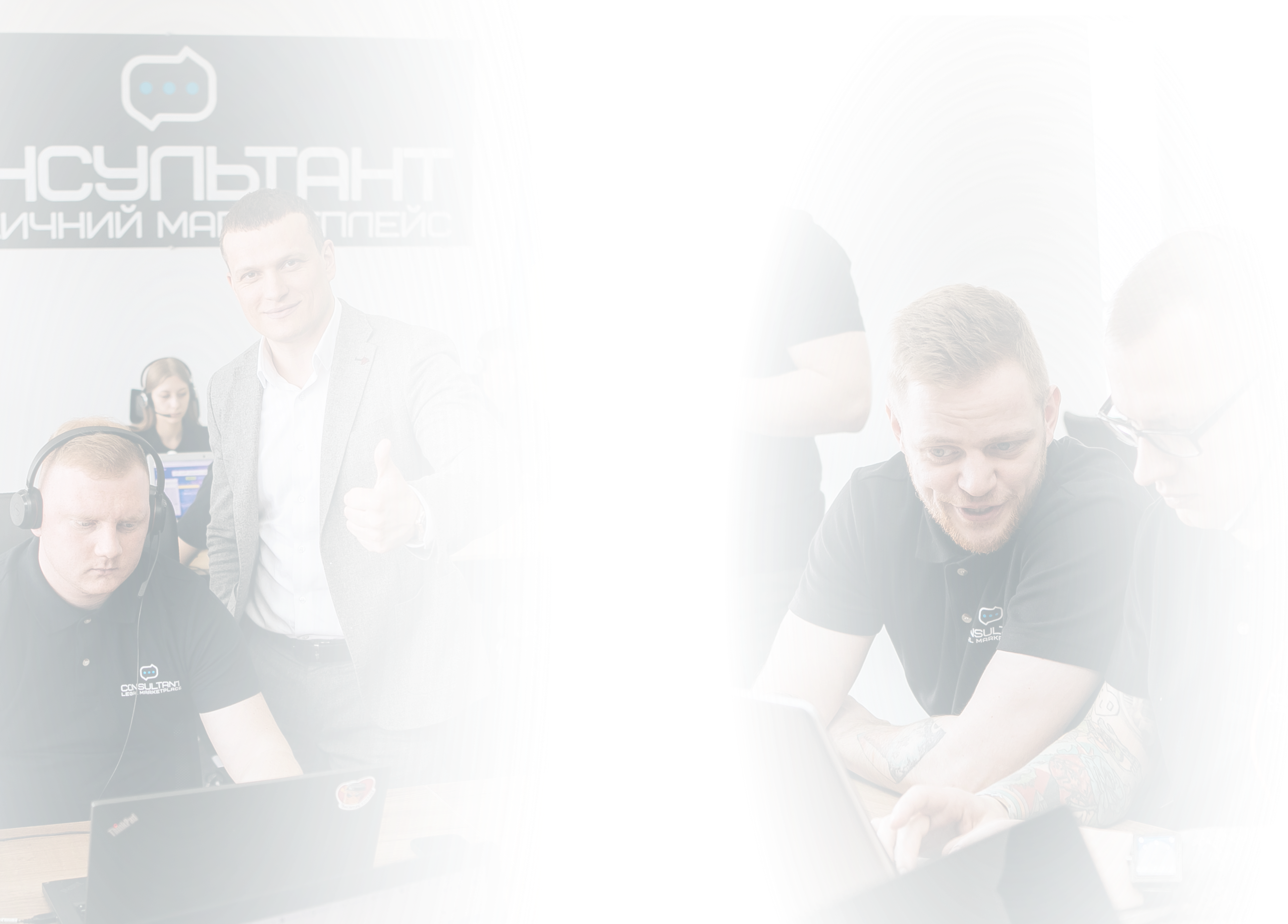I am studying in the third year of the State University of Economics and Technology.I specialize in contractual, economic and corporate law, in particular, I provide consultations and write articles.
The value of technology transfer:
Technology transfer is the process of transferring technology or manufacturing knowledge that can be used to create new products or improve existing manufacturing processes. This process may involve the transfer of knowledge, know-how, patented technology, or other intellectual property from one entity to another, usually subject to appropriate compensation or the right to use.
The main aspects of technology transfer include:
- Technical knowledge and know-how: The transfer of unique technical knowledge and know-how that allows you to produce products or provide services more efficiently or with new functions.
- Patents and Intellectual Property: Transfer of rights to use patents, copyrights or other forms of intellectual property for commercial use.
- Licensing: A licensing agreement that grants the right to use certain technology or knowledge under specified conditions.
- Development of products and services: Using transferred technology to create new products or improve existing ones.
- Innovation and market competition: Technology transfer promotes innovation and strengthens competitiveness by allowing enterprises to use advanced technologies and knowledge.
- Such a process can be carried out both domestically and internationally and plays an important role in the development and modernization of production processes and products.
Technology transfer agreement:
A technology transfer agreement is a legal document that regulates the terms of the transfer of knowledge, technical developments or intellectual property from one entity (for example, the owner of a technology or patent) to another entity (for example, a licensee or recipient of technology).
The essential conditions that must be included in the technology transfer agreement are:
- It is necessary to determine the list of components of the technology that is transferred in accordance with the terms of the contract.
- The price of the contract, that is, the amount of money that must be paid for the transfer of technologies. The price can be both in the form of a lump sum payment (one-time) and in the form of a royalty.
- The term, place and manner in which the technology will be transferred.
- Terms of transfer of technical knowledge
- Dispute resolution procedure.
In addition to the essential conditions, the technology transfer agreement must also include:
- Conditions regarding the license as a document that will regulate the use of technology, territorial restrictions on use (the parties can stipulate in the contract conditions that will limit the use of technology in a certain region),
- Restrictions on industry application, the procedure according to which third parties will acquire a sublicense for the use of component technologies,
- Conditions regarding insurance
- Determination of ownership rights to technologies that are transferred. This can include patents, copyrights, trademarks and other forms of intellectual property. The contract must clearly define what rights are transferred from the owner to the recipient, the terms of validity of these rights and the terms of use.
The main features of concluding technology transfer agreements:
In general, the issue of state regulation of technology transfer is not limited to industry legislation, because the specifics of the contract on the basis of which technology will be transferred are provided for by the Civil Code of Ukraine. In particular, we are talking about a license agreement, an agreement on the custom creation and use of an object of intellectual property, an agreement on the transfer of exclusive property rights to those objects, and a license. If such agreements are concluded regarding the transfer of technologies, then it is necessary to take into account the essential conditions described above.
In addition to the main transfer contract, adjacent ones can also be concluded, namely:
- Agreement on guarantees for the person transferring the technology. regarding the possibility of achieving economic results when using these technologies.
- A contract concerning the provision of guarantees for non-disclosure of confidential information to third parties.The contract should contain appropriate provisions for the protection of confidential information that may be transferred during technology transfer. This may include the confidentiality obligations of the parties, as well as procedures for dealing with potential breaches of confidentiality.
- A contract that will regulate the procedure for carrying out engineering or environmental works.
- Equipment maintenance contract.
Contract conclusion procedure:
The procedure for concluding a technology transfer agreement includes several key stages that are usually taken into account in the process of its preparation and conclusion. The main steps may look like this:
- Preparation: First, the parties (the owner of the technology and the potential recipient) determine the main parameters of the agreement. This includes discussing the technical details of the technology, the scope and terms of the transfer of intellectual rights, as well as terms regarding compensation and safeguards. At this stage, you may need the help of an online lawyer advice.
- Negotiations: The parties discuss all aspects of the agreement and determine the terms that will be included in the agreement. This may include technical discussions, financial terms, license or ownership terms, privacy rules, payment terms and other important points.
- Agreeing on the text of the contract: Once the terms are agreed upon, each party's lawyers prepare the text of the contract that meets the negotiated terms. The document should clearly define the rights and obligations of each party, terms of use of the technology, compensation payments and other important aspects.
- Signing: After preparing and agreeing on the text, both parties sign the technology transfer agreement. This may require the signatures of the relevant officers or authorized representatives of each party.
- Fulfillment of the terms of the contract: After signing the contract, the parties must fulfill the terms specified in the agreement. This may include providing access to technology, paying royalties or other mutual obligations.
Assistance of a lawyer in concluding a contract:
The lawyer services when concluding a contract are extremely important and can be of crucial importance for business or personal interests. Here are some key areas where legal services can help:
- Legal analysis of the situation: The lawyers online will be able to carefully analyze all the terms of the contract and highlight the legal consequences of each of them. He will be able to provide a professional risk assessment and advise on what changes can be made to minimize the risks.
- Avoiding misunderstandings and disputes: The lawyer help online will help to avoid misunderstandings between the parties that may arise due to lack of clarity or incorrect wording of the terms of the contract.
- Protecting your interests: The online assistance of a lawyer will take into account the interests of the client and strive to ensure that the terms of the contract meet the needs and goals of the parties.
- Optimizing contract terms: A lawyer consultation find compromises and optimal conditions for both parties, which can contribute to mutually beneficial agreements.
- Litigation: In case of disputes or misunderstandings, the lawyer will be able to act as a representative and defend interests in court proceedings.The cost of legal services depends primarily on the complexity and the work performed.
Therefore, types of legal services before entering into any important contract is critical to ensure legal compliance, protect your interests, and avoid future legal problems. Each stage of concluding a technology transfer agreement requires a careful approach and legal expertise to ensure legal clarity and fulfillment of all necessary conditions.




































